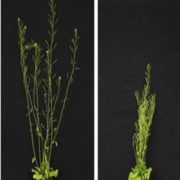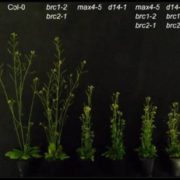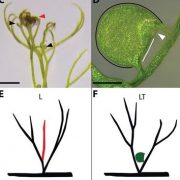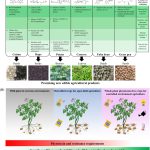Review: How floral meristem termination shapes flowers
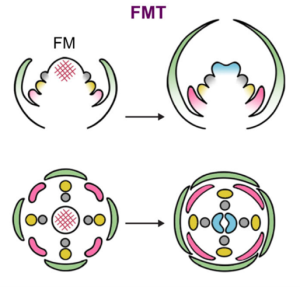 Flowers come in a breathtaking variety of shapes and sizes. The structures making up a flower, called sepals, petals, stamens, and carpels, all derive from the tightly regulated differentiation of a pool of stem cells in the so-called floral meristem. Floral meristem termination (FMT) is a crucial stage in floral development as it determines when stem cell proliferation in the flower meristem should stop. This is an essential and delicate step, and its regulation underlies the natural variation we observe in flowers. In this review, Min and Kramer first take an evolutionary perspective to highlight how variation in FMT can contribute to floral diversity through the control of whorl number (how many “layers” of floral organs make up a flower) and the number of floral organs per whorl (e.g. how many petals are there per “layer”). Then, the authors dive deeper into our current knowledge of the mechanisms regulating FMT at the molecular level, and they illustrate how changes in such mechanisms could result in a variety of different flower architectures. Finally, the authors advocate for a broader use of plant models with wide natural variation as a means to advance our understanding of FMT and unravel the molecular mechanisms that give rise to the countless different flowers that we humans love so much. (Summary by Laura Turchi @turchi_l) 10.1111/nph.18715
Flowers come in a breathtaking variety of shapes and sizes. The structures making up a flower, called sepals, petals, stamens, and carpels, all derive from the tightly regulated differentiation of a pool of stem cells in the so-called floral meristem. Floral meristem termination (FMT) is a crucial stage in floral development as it determines when stem cell proliferation in the flower meristem should stop. This is an essential and delicate step, and its regulation underlies the natural variation we observe in flowers. In this review, Min and Kramer first take an evolutionary perspective to highlight how variation in FMT can contribute to floral diversity through the control of whorl number (how many “layers” of floral organs make up a flower) and the number of floral organs per whorl (e.g. how many petals are there per “layer”). Then, the authors dive deeper into our current knowledge of the mechanisms regulating FMT at the molecular level, and they illustrate how changes in such mechanisms could result in a variety of different flower architectures. Finally, the authors advocate for a broader use of plant models with wide natural variation as a means to advance our understanding of FMT and unravel the molecular mechanisms that give rise to the countless different flowers that we humans love so much. (Summary by Laura Turchi @turchi_l) 10.1111/nph.18715




